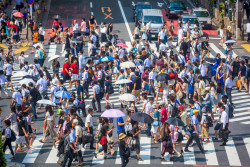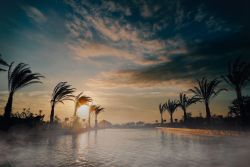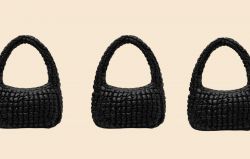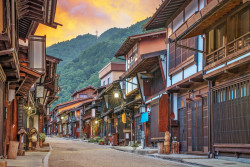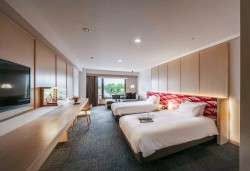
Originally published on metropolis.co.jp on July 2013

People say that Kanagawa Prefecture is a foreigner-friendly region. In what ways do you feel this is true?
We want foreigners living in or visiting Kanagawa to become fans of this prefecture, so we established the Kanagawa International Fan Club (www.kanafan.jp). Through this site we hope to provide support to international students and expats if they come across any problems while living here. Currently, we have 1,098 members from 63 countries plus 318 support members—both individuals and groups.
Kanagawa Prefecture is at the forefront of electric vehicle (EV) usage and solar-power promotion in Japan. Why and what impact has this had?
I became governor in the hopes of starting an energy revolution from Kanagawa. I also wanted to help overcome the energy crisis caused by the nuclear meltdown after the tragic earthquake of March 11, 2011. Kanagawa has always been a leading proponent of solar power in Japan. In Kanagawa, residents can have solar panels installed on their rooftops at no charge if they lend their power to the grid—they can also receive rental income in return. This movement spread nationwide and in 2012 Kanagawa was recognized as the biggest contributor of solar power in Japan, winning a Solar Award. Over the years Kanagawa has also been promoting the spread and use of electric vehicles to fight against global warming.
What is a key project for Kanagawa?
At the moment, to respond to our aging society. We are working on a project called Health Care New Frontier that we hope will serve as a model for the rest of the world. The project combines two approaches: one is to make the most of cutting-edge life science and other advanced technologies. Two “special zones”—one for life science and one for robotic industries—would be the focal areas to pursue this. The other approach is to cure people while they are in a me-byo (“pre-disease”) state through a healthy diet and exercise.
You have a background in media and broadcasting. How has this helped you promote Kanagawa to the world?
I value the power of the message. I put myself in other people’s shoes to figure out the best way to get my message across to that person. When I visited the United States in May, I had many opportunities to exchange views on healthcare policy with experts and politicians. Our Health Care New Frontier attracted a lot of attention. Some of these people were very interested in working with us.
What does the future of Kanagawa look like?
Due to higher life expectancies and declining birth rates our society is aging very quickly. If this continues, medical costs will increase rapidly and local-government finances will not be able to sustain them. By promoting Health Care New Frontier, we will be able to create a “super-aged” society with a lot of healthy and energetic people. I will do my best to fulfill my goal of a “Magnetic Kanagawa”—an attractive place to pursue health and happiness.
For Metropolis readers visiting or living in Kanagawa, what are your favorite suggestions for them to see, do and try?
Kanagawa is a prefecture known for its rich, clean water—making it an attractive place to live. Kanagawa’s seas are especially popular. I recently enjoyed scuba diving in Jogashima. Kanagawa isn’t famous for scuba diving, but you would be surprised at the many beautiful types of fish out here. As well, it is a hot spot for water sports such as sailing and surfing. You can also enjoy visiting the army bases, viewing the cities’ illuminated nightscapes and enjoying dinners on a cruise ship. There are plenty of ways to enjoy Kanagawa.
If you had a chance to talk to any world leader, who would you like to talk to and what would you tell him or her?
I would like to talk to US President Barack Obama. He would be quite interested to know that the idea of Kanagawa’s Health Care New Frontier is also applicable to the US.
What do you like to do during your time off?
Most of the time I go out to watch musicals, ballets and concerts.


